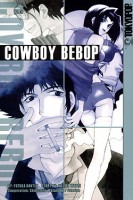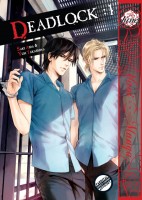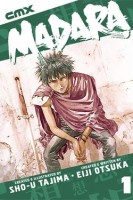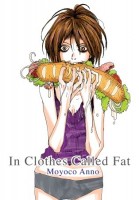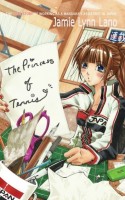 Author: Jamie Lynn Lano
Author: Jamie Lynn Lano
Publisher: Jamie Lynn Lano
ISBN: 9781499797527
Released: July 2014
The Princess of Tennis: The True Story of Working As a Mangaka’s Assistant in Japan by Jamie Lynn Lano is just that–a memoir written by someone fortunate enough to live the dream of so many aspiring artists. Very few non-Japanese creators have had the opportunity to work within the manga industry as an assistant or as a lead mangaka. Fewer still have written about their experiences to any great extent. In addition to working as an assistant to Takeshi Konomi (the creator of the exceptionally popular The Prince of Tennis), during her time in Japan Lano was also freelance writer, a columnist for Asahi Weekly, a host for a Japanese children’s television program, and an avid blogger. The Princess of Tennis is based on “Working As an Assistant on The Prince of Tennis,” a series of posts which can be found on her blog Living Tall in Japan. (Lano is over six feet tall, so the site is aptly named.) I had previously read some of Lano’s story online, but was happy to see it collected and expanded upon in book form with The Princess of Tennis.
After graduating with a degree in media arts and animation, Lano moved to Japan where she taught English for a few years. In 2008, Konomi Takeshi put out a call looking for assistants for a new manga series. Unlike many other mangaka, he was also considering applications from artists who had little or no experience in the industry. Lano was a huge fan of his series The Prince of Tennis and considered Konomi to be one of her idols. And so, after some encouragement from her friends, she applied for the position, never thinking that she would actually be hired. But she was. And she ended up working with Konomi, his editors, and a small group of other assistants for more than a year. (And on the sequel to The Prince of Tennis, no less!) It was a dream come true for Lano, but as enthusiastic as she was the job wasn’t always a easy. Working as an assistant on a series that she loved certainly had its perks, but it was also a challenging and exhausting experience that required long, grueling hours.
The Princess of Tennis is a personal story that is told with heart and honesty. Lano’s style is very informal, almost diary-like. Although there is some self-reflection from the very beginning of the memoir, she generally focuses on what she was feeling at the time she is describing rather than providing a detailed analysis of the situation after the fact. Lano is a self-proclaimed fangirl, something comes through in the bubbly way she writes. She makes liberal use of exclamations points (and other punctuation), employs all-caps to indicate excitement or for emphasis, and the occasional emoticon even makes an appearance in the text. She also includes very cute illustrations at the beginning of each chapter, a few delightful bonus comics towards the end of the volume, and photographs throughout the book. Lano’s enthusiasm and gratitude for the opportunity to work as a manga assistant is obvious even when things, and people, become rather difficult to deal with. The Princess of Tennis is friendly and approachable in tone, making for an entertaining as well as informative read.
In The Princess of Tennis, Lano offers an insider’s look into the Japanese manga industry and into the creative process of making manga. At first she is so excited about working as an assistant for Konomi (and understandably so) that Lano tends to overlook the downfalls of the position. The Princess of Tennis almost seems like an account that couldn’t possibly be true. Initially more time is spent participating in media events and festivals than slaving away at the drawing table. But as the volume progresses and reality and frustrations set in, The Princess of Tennis becomes much more like what I’ve come to expect based on the stories from other creators in the trade. The Princess of Tennis also offers a glimpse into what it is like to live in Japan as a foreigner and the challenges associated with that. And because Lano is revealing the details of her personal life in The Princess of Tennis there is also the drama of interpersonal relationships, romantic and otherwise, to take into consideration. While she has held onto some secrets for the privacy and sake of the other people involved, Lano is very open and forthcoming in The Princess of Tennis, providing a unique perspective on the manga industry and on Japan.



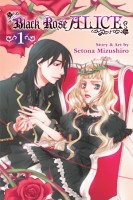

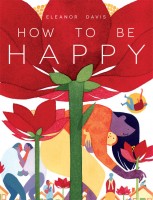
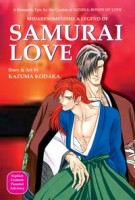
 SEAN: It’s a relatively
SEAN: It’s a relatively 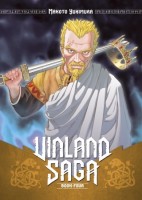
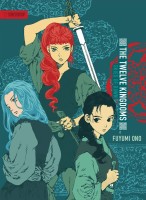


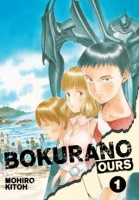
 ASH: As is often the case with the first week of the month, there are
ASH: As is often the case with the first week of the month, there are 